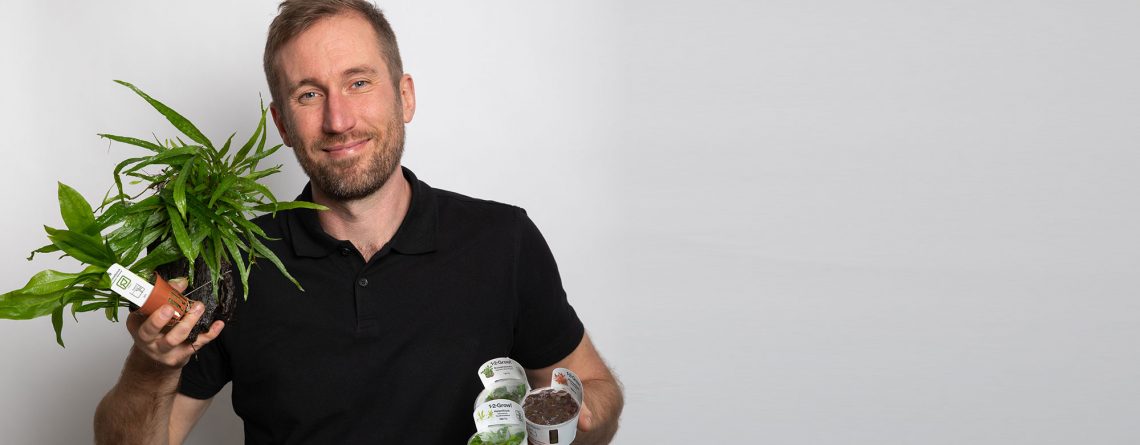Preparing Invitro Aquarium Plants
Preparing Invitro Aquarium Plants
Invitro plants have become increasingly popular in recent years as they offer many benefits over traditional aquarium plants. Not only are they guaranteed to be free of pests and diseases, but they are also very cost-effective as many individual plants can be taken from just one pot. In addition, invitro plants are supplied in a small, sealed cup containing a nutrient-rich liquid or gel, making them very easy to transport and plant in your aquarium.
So, how do you go about preparing invitro aquarium plants? The first step is to carefully remove the plant from the sealed cup. This is done by peeling off the plastic film lid and pouring away the nutrient-rich liquid or rinsing off the gel. It is important to avoid using water that is too hot or too cold as this can shock the plant.
Once you have removed the plant from the cup, you can separate it into 1-2cm clumps. This can be done by carefully pulling the plant apart by hand or using aquascaping scissors. Some species like Anubias or Bucephalandra will arrive in 2-3 individual plantlets.
Using plant tweezers, gently pinch the stem just above the root and push it down into the substrate. It is important to plant the stem quite deep to prevent it from floating and to give the plant a good hold in the substrate. If you are planting multiple plants, be sure to space them out evenly and avoid overcrowding.
In addition to being easy to plant, invitro plants also offer a number of benefits to your aquarium. They are known for their fast growth and ability to outcompete algae, which can help to maintain a clean and healthy environment for your fish. Invitro plants also provide oxygen and serve as a natural filtration system, which can help to reduce the need for frequent water changes.
Overall, preparing invitro aquarium plants is a simple and rewarding process that can help to enhance the health and beauty of your aquarium. With the right care and maintenance, these plants can thrive and provide a natural and aesthetically pleasing environment for your fish to enjoy.


